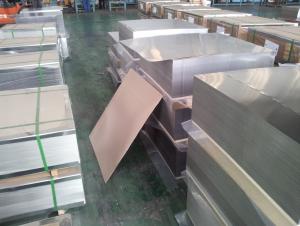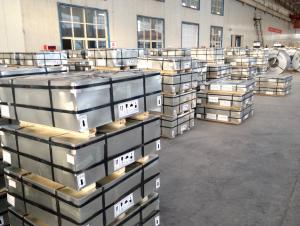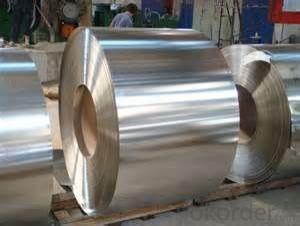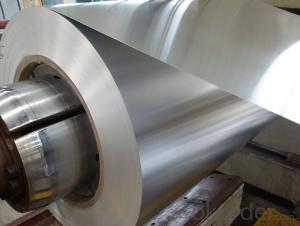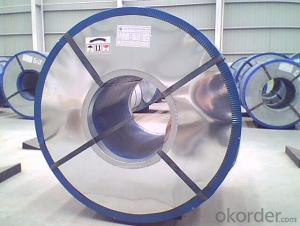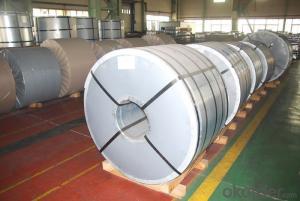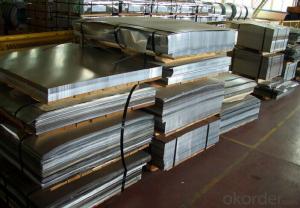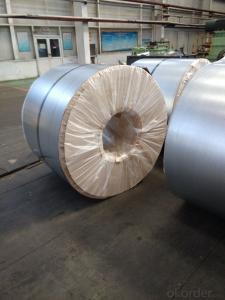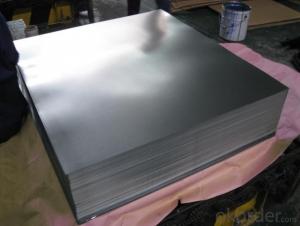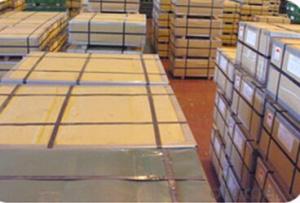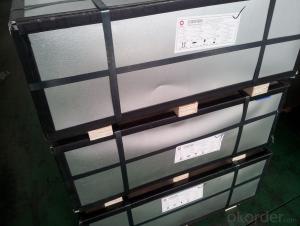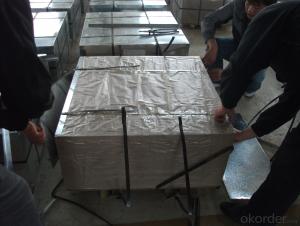Envases Tinplate
Envases Tinplate Related Searches
4 By 8 Plastic Sheets Thin Plastic Sheets Flexible Tinplate Coil Quotes Tinplate Iron Clear Plastic Sheets Hard Plastic Sheets 4X8 Lightweight Plastic Sheets Wavy Plastic Sheets White Plywood Sheets Poly Styrene Foam SheetsHot Searches
Tinplate China Tinplate Stock Price Tata Tinplate Price List Tinplate Price Trend Tinplate Nse Share Price Tinplate Price Chart Tinplate Share Price Nse Tata Tinplate Share Price Tinplate Share Price Today Tinplate Share Price Bse Tinplate Price Tinplate Share Price Tinplate Coil Manufacturers Tinplate Sheet Suppliers Food Mixer Sale Tinplate Factory Tinplate Production Tinplate Products Ltd Tinplate Products Tinplate Can ManufacturersEnvases Tinplate Supplier & Manufacturer from China
Okorder.com is a professional Envases Tinplate supplier & manufacturer, offers integrated one-stop services including real-time quoting and online cargo tracking. We are funded by CNBM Group, a Fortune 500 enterprise and the largest Envases Tinplate firm in China.Hot Products
FAQ
- There are several methods of joining tinplate components together, including soldering, spot welding, adhesive bonding, and mechanical fastening. Each method has its own advantages and suitability depending on the specific application and desired outcome.
- Tinplate generally demonstrates good odor resistance due to its non-reactive nature and protective tin coating, which helps prevent any unwanted odors from permeating the material or affecting the contents stored inside.
- The industries that commonly use tinplate include the food and beverage industry, packaging industry, automotive industry, and electronics industry.
- Tinplate is highly susceptible to corrosion when exposed to moisture. The presence of water triggers a chemical reaction, causing the tin coating to deteriorate and exposing the underlying iron to oxidation. This can result in rust formation and compromise the integrity of the tinplate. Therefore, it is crucial to protect tinplate from prolonged exposure to moisture to ensure its longevity and prevent potential damage.
- There are several advantages of using tinplate for cosmetic packaging. Firstly, tinplate is highly durable and provides excellent protection to the cosmetic products, ensuring they remain intact during transportation and storage. Secondly, tinplate has a high resistance to corrosion, preventing any damage to the cosmetics caused by moisture or other environmental factors. Additionally, tinplate is lightweight, making it easy to handle and cost-effective to transport. Furthermore, tinplate can be easily molded into various shapes and sizes, allowing for customization and enhancing the visual appeal of the cosmetic packaging. Lastly, tinplate is a sustainable and recyclable material, aligning with the growing demand for eco-friendly packaging solutions in the cosmetic industry.
- The main growth drivers for the tinplate industry include increasing demand for sustainable packaging solutions, growth in the food and beverage industry, rising urbanization and disposable income, and technological advancements in manufacturing processes.

















